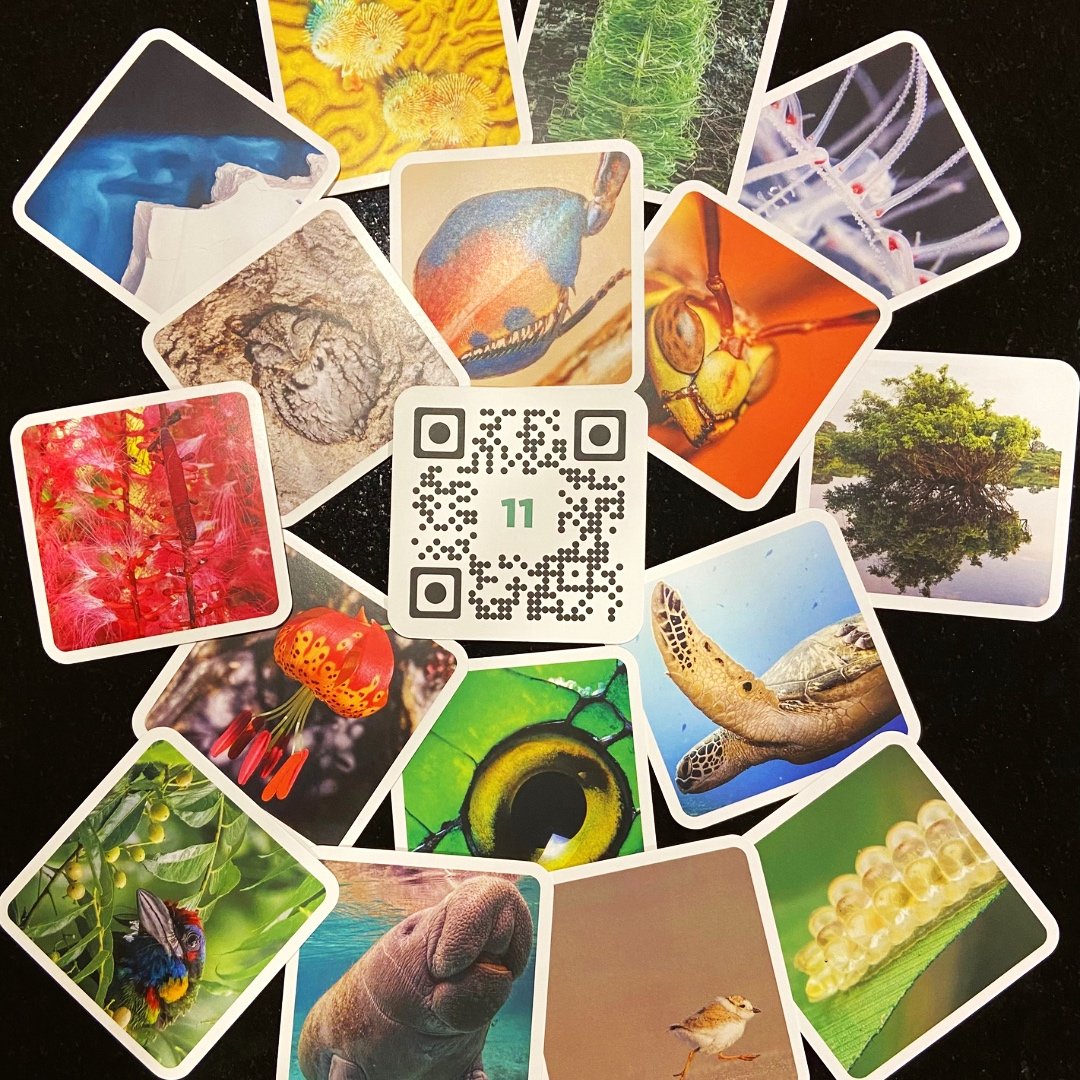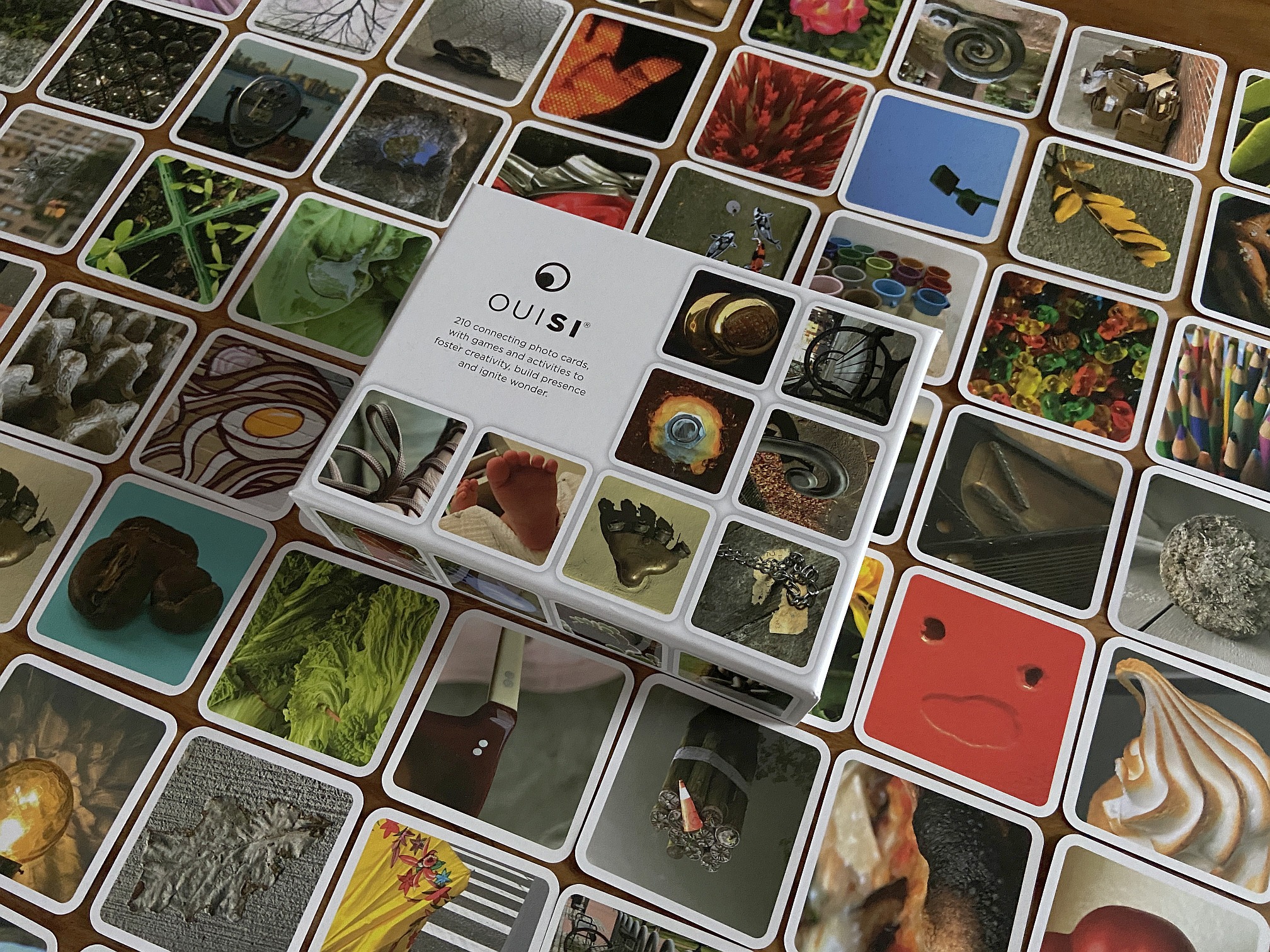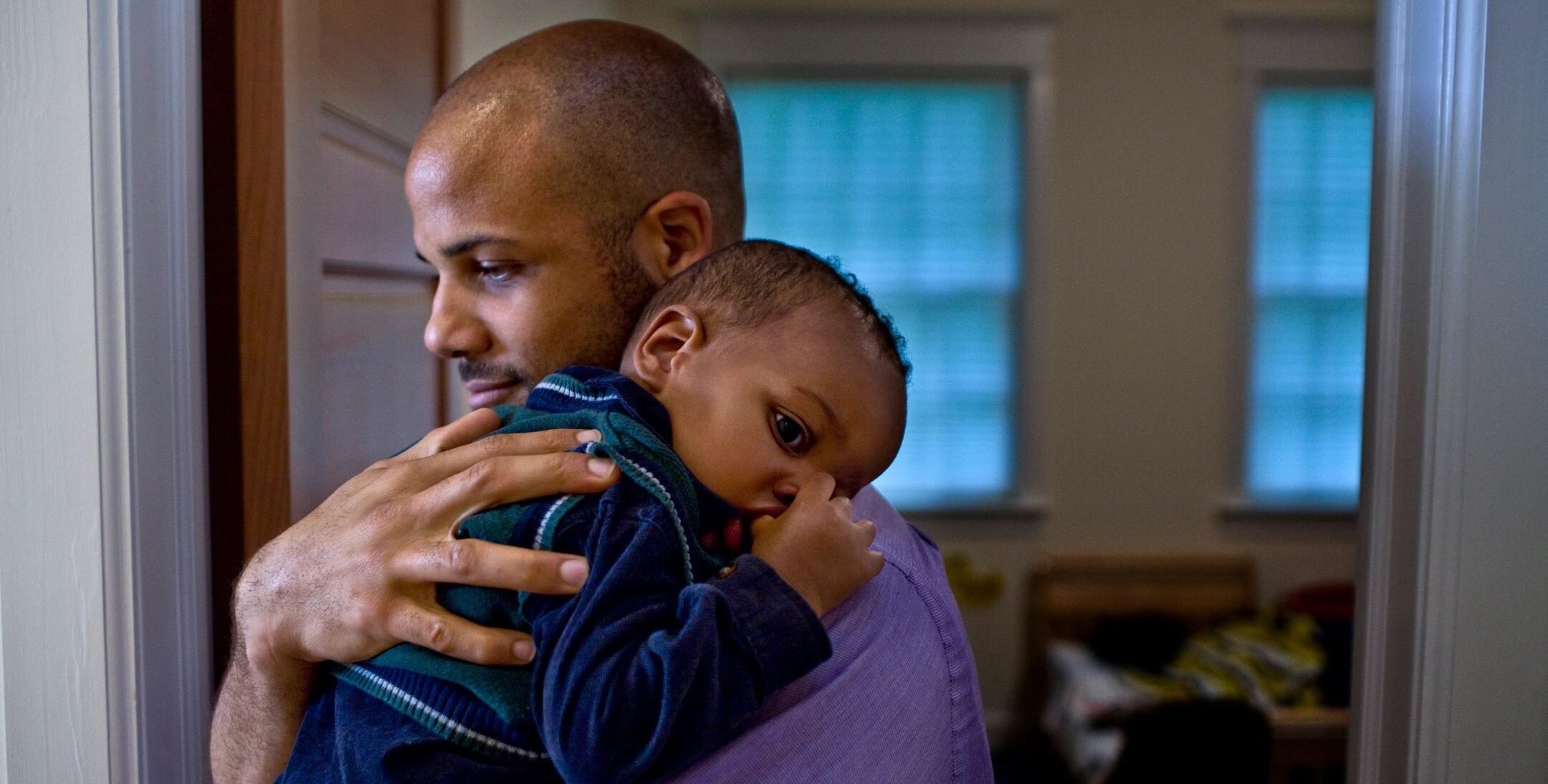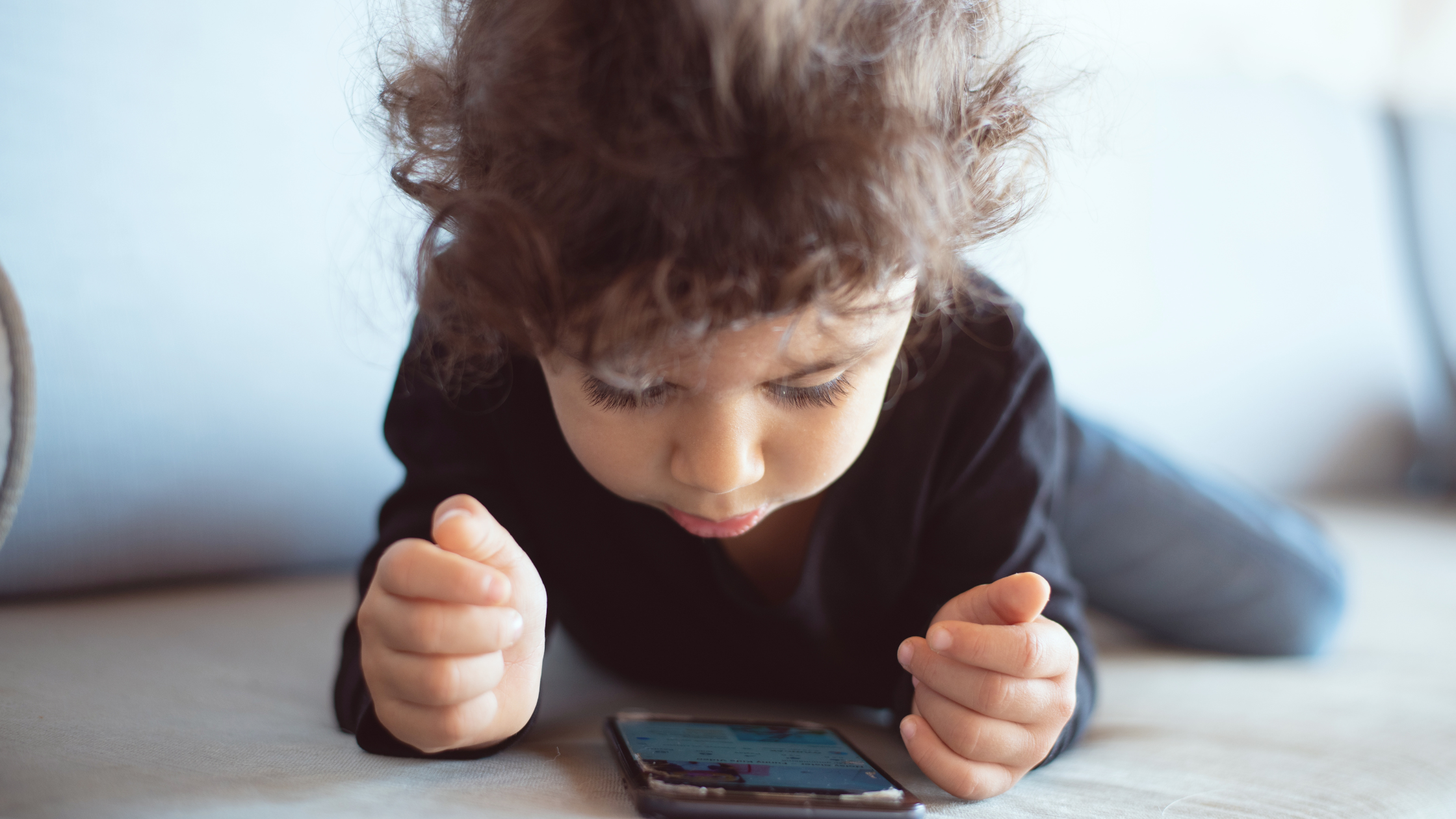Written by Dr. Cindy Hovington, Ph.D., Founder of Curious Neuron, Host of the Curious Neuron Podcast, Co-Founder of Wondergrade
When selecting a game or a toy for your child, how often have you asked yourself, “Will this nurture my child’s curiosity?” It’s a simple question with a profound impact, as there is a large amount of research suggesting we should place more focus on keeping our kids curious through play.
Curiosity—the desire to know—is a powerful motivator for learning and behavior. It involves the pursuit of new knowledge and experiences (Gross et al. 2020). Children are born naturally curious; they want to touch, taste and throw everything to learn how the object responds. They want to run in every direction and explore textures with their hands. Unfortunately, many items they try to explore can be dangerous or off-limits. This leads to many well-intentioned parents often saying “no” to their child’s curiosity. Being mindful of this is the first step to nurturing their curiosity.
Below you’ll find a few reasons why we should focus more on supporting our child’s curiosity through play, and 3 ways you can do this at home or in the classroom using OuiSi Nature, a set of photo cards with a guidebook full of creative activities (Figure 1). My kids and I recently discovered this game and I love how it nurtures curiosity and creativity through connection (more about this later!).
How does curiosity lead to better learning?
There is scientific evidence that shows how curiosity can lead to better learning. Using a method called pupillometry (measuring the pupils) and brain imaging, researchers have found that when a person is curious their pupils dilate and a brain chemical called noradrenaline is released. Noradrenaline turns on and prepares the brain circuits necessary for learning in areas of the brain that are necessary for successful memory encoding (or storing the information in the brain) (Brod et al. 2019). Consciously choosing games and toys that foster your child’s curiosity can help build a strong foundation for their early schooling including building their memory and attention skills (stay tuned for a YouTube video about curiosity and building focused attention in kids).
Creativity –one of the major predictors of academic success – is linked to curiosity: Two types of curiosity have been explored in research and interestingly, both have been linked to creativity. Epistemic curiosity, or the desire for knowledge, and perceptual curiosity, an interest in new sensory experiences have correlated with self-reported creative behaviors (e.g. making crafts or painting), creative personality characteristics, and better performance on creative drawing tasks (Gross et al. 2020). Most studies that exist currently are based on self-report measures – meaning that people tell the researchers how creative or curious they feel. A recent study went one step further. The researchers evaluated participants using specific tests and scales (not self-report) and STILL found a strong relationship between being curious and being creative (Koutstaal et al. 2022). Creativity is one of the 4 major contributors to academic success in a popular study by Diamond and Lee in 2011 (creativity, flexibility, self-control, and discipline).
How does curiosity lead to creativity?
Being curious – asking questions, being interested in why or how things happen – is a marker for openness to new experiences, meaning that a person can openly approach new ideas flexibly. Creative people also often tend to be open to new experiences, so researchers believe that this is the trait that links curiosity to creativity (Koutstaal et al. 2022). You may be asking yourself, why is it important that my child is creative? Well, being creative can lead to better problem-solving skills, higher scores on self-confidence, self-esteem, levels of knowledge and physical activity (Bungay et al. 2013).
Introducing OuiSi:
210 visually connected nature cards: I recently discovered OuiSi Nature and my children and I have been using it for both homeschooling and play. This game makes it easy for me to feed my children’s curiosity (my kids are ages 3, 5 and 7) in a more controlled and comfortable environment. Parents and teachers alike can use the guide below to support their child’s curiosity.
OuiSi comes with a set of 210 stunning nature photo cards. What is interesting is that the images are obscure. This can make it challenging to see the full picture in your mind, leaving you to make guesses about what the picture really contains (is it a leaf or a reptile’s tail?). But that’s not it…each image comes with a QR code on the back (Figure 2) that you can scan to see the full image and discover where it was taken, what animal or plant it belongs to, and read more information on the topic. There are many ways you can play with OuiSi Nature cards. I will describe a few below that I personally enjoy as a neuroscientist trained in cognitive skills and education.
OuiSi comes with a booklet that explains various ways to play with the cards which makes it easy to keep this game feeling new. There is a guide to creative play, guide to competitive play, guide to unconstrained play and mindfulness. My kids love playing the OuiSi Scavenger and OuiSi Eye Spy activities.
3 ways you can play with OuiSi Nature cards to nurture your child’s curiosity at home or school:
If you are uncertain whether you are offering your child enough opportunities that nurture their curiosity, try implementing these 3 games for children ages 3-9.
Freely explore the images with no other goal: The images truly are visually stunning, you can simply see which images your child is curious about and ask “I wonder what this picture is?”. Try to refrain from saying anything after that, let your child lead the moment. Research suggests that making guesses before finding out an answer can increase curiosity and engagement (Gross et al. 2020). For example, OuiSi Nature cards have very obscure images of plants, wildlife and landscapes – have your child guess what the image is before turning the card over and scanning the QR code. Guessing before learning the right answer should increase their curiosity because they’ve put effort into making a guess, this can increase their intrinsic motivation when it comes to learning about the card (Brod et al. 2019, Potts et al. 2019).
Asking “I wonder” questions or “Why do you think that is” questions is a great way to develop their critical thinking skills which is important for STEM and STEAM learning in school. If you are like me, MANY OuiSi Nature cards will actually spark your own curiosity. I thought one of the images was the tail of a chameleon when it was actually a fiddlehead fern! Show your child that it is ok to not have an answer to a question. Remember, curiosity leads to engaged learning! (Jirout 2020)
OuiSi Eye Spy: OuiSi Eye Spy is a game where you need to find an object in your home that is similar to the OuiSi card we select, however, we don’t search the home together. One child takes off with a card to search for a similar object. Once they find it, they come back and give us clues. My 5 and 7 year old especially love this one. They also enjoy saying “hot or cold” to help my 3 year old find the item in our house.
We play an adapted version with my 3 year old that might help younger kids (5 and under). He comes back with the object he found and we describe the object out loud to determine why it is similar or why it isn’t. Observing and describing objects is part of scientific thinking and also feeds their learning and curiosity.
OuiSi Draw activity: We can extend a child’s learning with activities such as the OuiSi Draw activity which provokes a different type of investigation. Can your child draw an object with a similar shape or pattern they have on their OuiSi card? Can they use objects from around the home to create a similar shape or texture to their OuiSi card? Adding this component of “visual connection” strengthens the learning behind their creativity and curiosity. OuiSi has an informative blog post written by a teacher to help you apply this in your home or classroom.
I hope that you view “curiosity” very differently after reading this post and see just how important curiosity is for our children!
You can purchase your own set of Ouisi Nature cards for home or school by clicking this link.
Scientific Sources:
https://doi.org/10.1016/j.cobeha.2020.07.015
https://doi.org/10.1038/s41539-019-0056-y
https://doi.org/10.1038/s41598-022-19694-4
https://doi.org/10.1177/1757913912466946
https://doi.org/10.1037/xlm0000637
https://www.frontiersin.org/articles/10.3389/fpsyg.2020.01717/full













